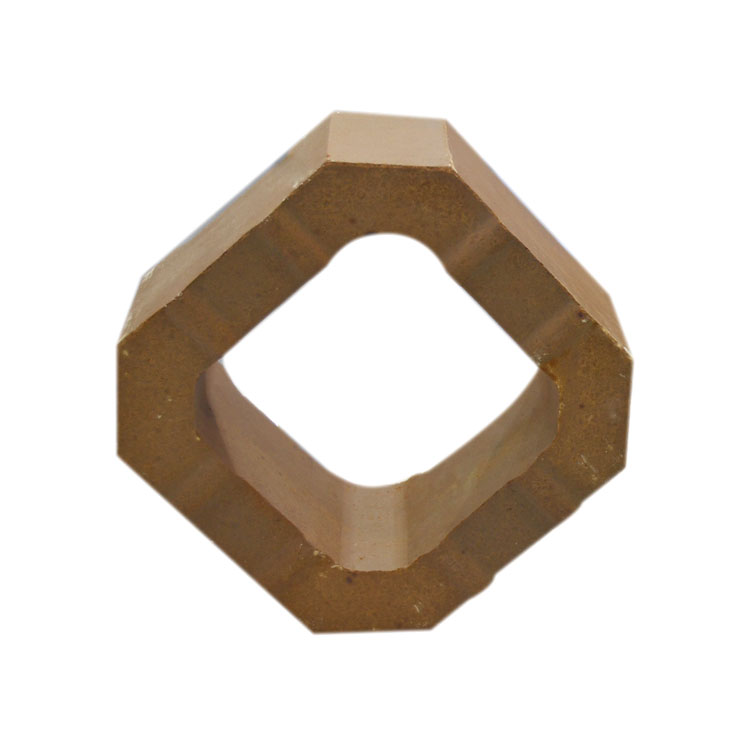
In steelmaking furnaces where temperature swings can exceed 300°C per hour, the choice of refractory material directly impacts production uptime and safety. For engineers managing blast furnaces or electric arc furnaces (EAFs), red bauxite firebrick—often called red chrome-alumina brick—has emerged as a superior alternative to traditional high-alumina bricks due to its exceptional resistance to thermal shock and creep deformation.
| Property | Red Bauxite Brick | High-Alumina Brick |
|---|---|---|
| Load Softening Temperature (°C) | ≥ 1650°C | ≥ 1550°C |
| Thermal Shock Resistance (cycles @ 1000°C→RT) | > 50 cycles | 20–30 cycles |
| Hot Strength (MPa at 1400°C) | ≥ 12 MPa | ~7 MPa |
“In our EAF trials, red bauxite bricks lasted 3x longer than standard high-alumina bricks under identical thermal cycling conditions.” — Dr. Lena Müller, Senior Refractory Engineer, ThyssenKrupp Steel
Even the best refractory performs poorly if installed incorrectly. Common mistakes include:
Following ISO 18553:2021 standards for refractory installation ensures structural integrity and minimizes risk of cracking during startup.
Regular inspections reduce unexpected downtime by up to 40%. Key steps:
By tracking these metrics over time, you’ll identify degradation trends and schedule replacements proactively—not reactively.

Real-world case studies from mills in South Korea and Germany show that switching to red bauxite bricks reduces furnace lining replacement frequency from every 6 months to once every 18–24 months—with a 22% improvement in energy efficiency due to better heat retention.
If your team is facing frequent refractory failures or planning a furnace upgrade, it’s time to rethink your materials strategy.
Download the Full Maintenance Manual & Get Customized Recommendations

